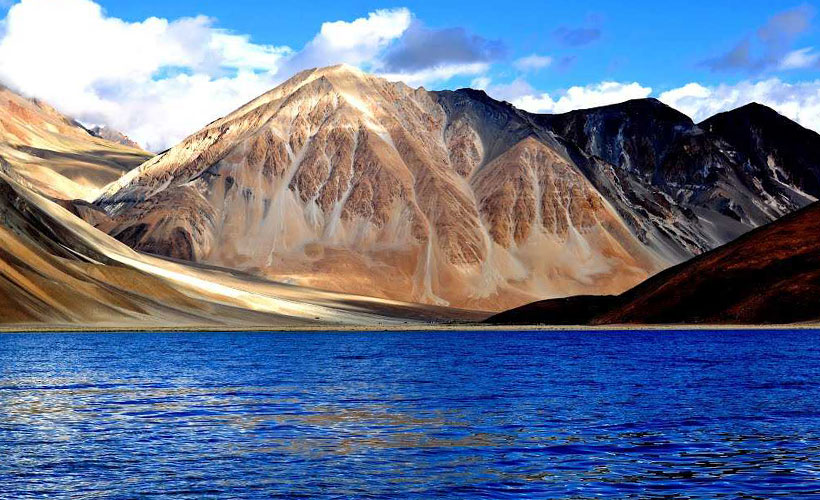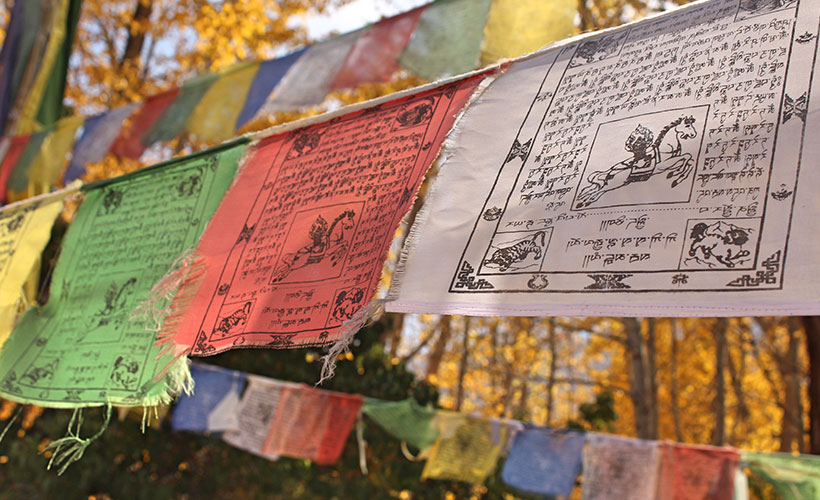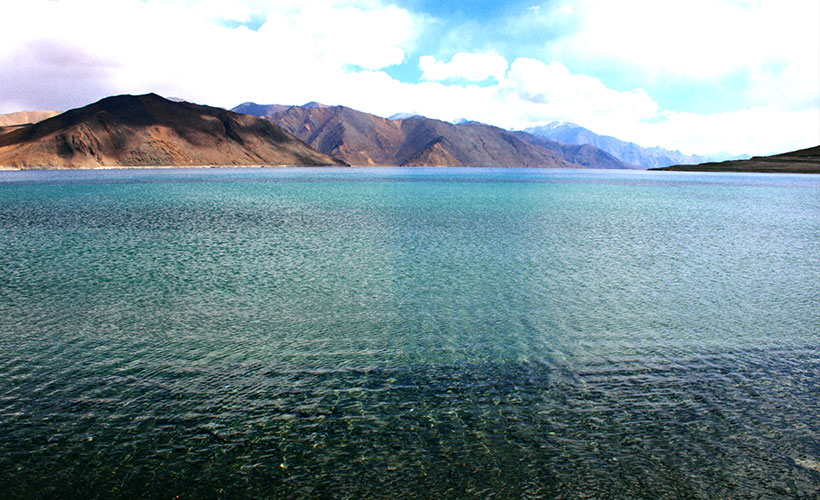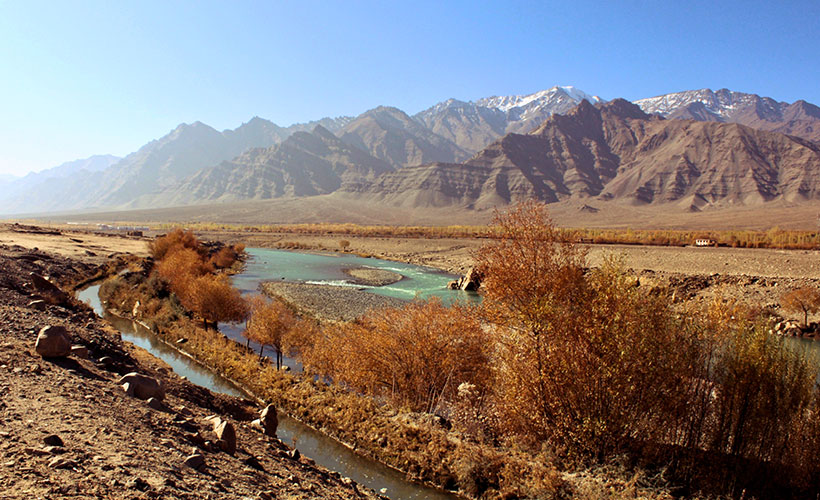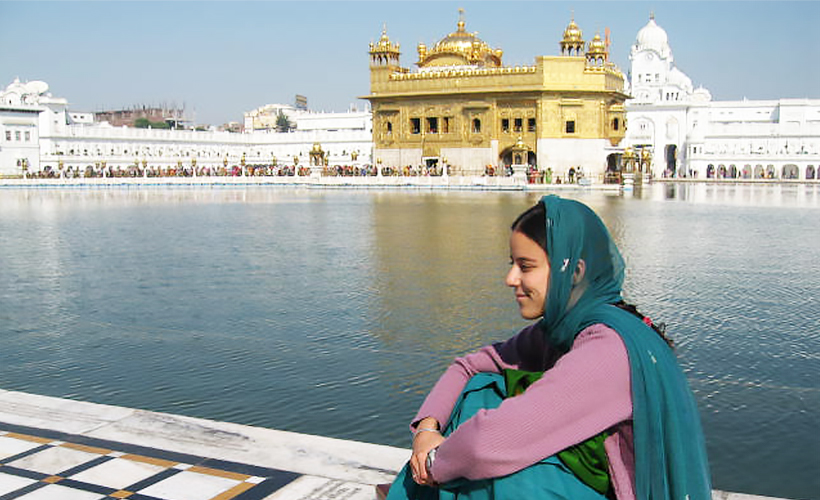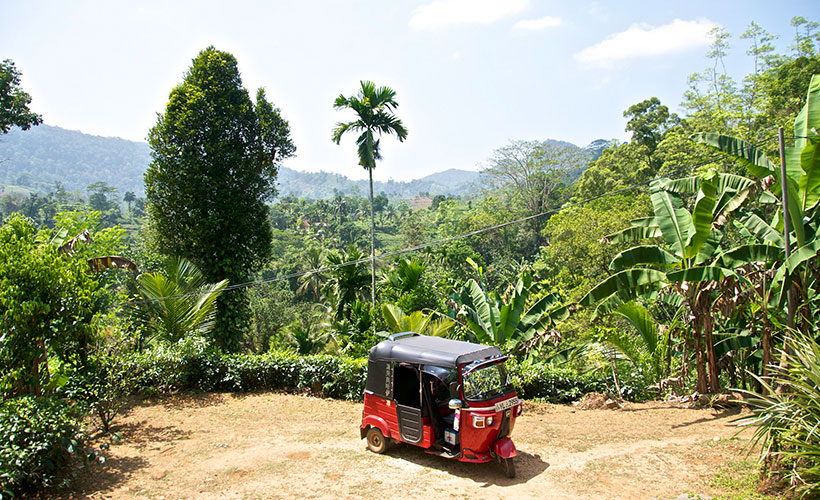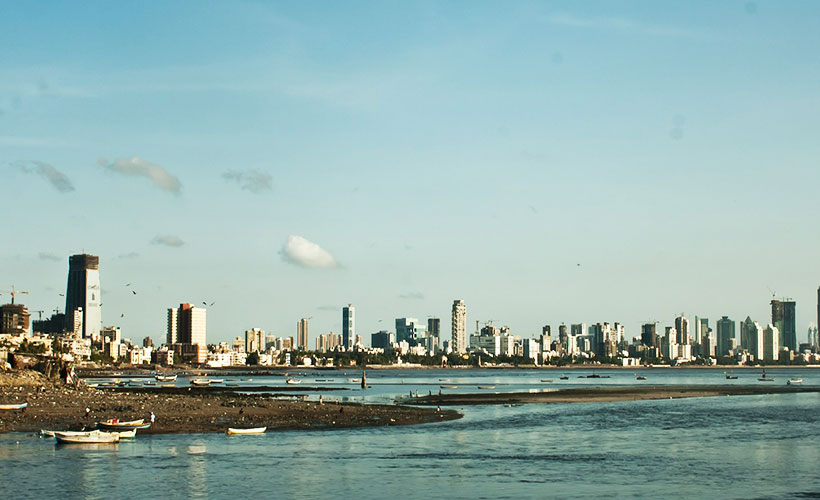As a person who often doubts her own physical prowess, I was rather apprehensive about my trip to Ladakh. The newly acquainted acronym of AMS (Acute Mountain Sickness) kept haunting me as I’ve never done high altitude travel before. It is a nasty thing that grips your body when it doesn’t acclimatise properly to high altitudes. Symptoms include headaches, nausea and generally feeling awful due to the thin oxygen. If I’m not that fit on sea level to begin with, I wondered how I would fare 3,500 metres above sea level. Here’s what I learned.
Ladakh finds a way to make you ready for it.
My trip to Ladakh may have started with apprehension, but it quickly turned into an exciting journey filled with appreciation. The town of Leh, Ladakh is accessible by air from major airports in India or by road from Srinagar, Kashmir. Due to time constraints, I took the faster air route and flew in from Delhi.
Whatever apprehension I had slowly melted away as the magnificent Himalayan range came into view. As I looked out of the airplane at the uninterrupted barren snow capped mountains, I was ready and determined to explore this otherworldly place.
Our bodies are indeed wonderlands.
In the next few days, I marvelled at how strong and adaptable the human body can be. Despite the harsh climate and seemingly inhospitable land, the Ladakhi people have created a thriving environment in the mountains.
As for me, I’ve never felt better. There was something about the cold crisp air, the breath taking landscape and the peacefulness of the place that made me feel so alive. I’m also happy to report that I managed to enjoy my trip undeterred by AMS. While I followed all of the acclimatization tips given religiously, I truly believed that maintaining the mind over matter mentality played a big part in my wellbeing. The “life finds a way” quote from Jurassic Park definitely rings true in Ladakh.
Being far from the crowd is as wonderful as it sounds.
All around Ladakh, there is evidence of life lived simply. While living can be tough due to the harsher elements of nature at times, there is a sense of peace and contentment that resonated from the people. It has been a long time since I travelled to a place that remained untouched by mass consumption and rampant globalization.
The vibe was refreshing indeed. While I was walking down the market streets, no one was out there egging me to visit their stalls. When I did, the prices offered were not ridiculously marked up for tourists. These people are genuine sellers, not opportunists. I believe this has a lot to do with the values and sincere attitude of the people. I felt entirely at ease walking around Leh’s rustic markets.
Don’t set the pace for Ladakh, follow it.
Ladakh is a place where you have to find your own pace. On the first day, I could barely climb up a flight of stairs without panting and feeling faint. Sleeping was a challenge because of my rapid heart rate and my head was throbbing uncomfortably. My guide assured me that this was a normal process and true to his word, it went away the next morning. My body had kept up with the altitude. I was still cautious and calculative with my movements but eventually found my own pace to explore the beautiful Hemis and Thiksay monasteries.
My visit to the Thiksay monastery coincided with a dance practice that the monks were having for an upcoming festival making the whole experience very surreal indeed. It was definitely worth the climb up. Besides the monasteries, there’s a spiritual hush that permeates through the region and it is no wonder that the Dalai Lama visits often.
Bollywood doesn’t do justice to Ladakh
Ladakh actually fell onto my travel radar thanks to my favourite Bollywood movie, 3 Idiots. Pangong Lake served as the gorgeous backdrop in one of the most memorable scenes in the movie. One third of the huge lake lies within the Indian border and the other two thirds lies within the Chinese border of Tibet. The lake is located around 4,350 metres above sea level and 140 kilometres from Leh. That may not sound far but the challenging terrain requires a five-hour drive to the lake.
While Pangong Lake may serve as the destination, the journey to and from is equally memorable. The road to Pangong Lake will take you up to Changla Pass, claimed to be the second highest motorable road in the world. At 5,360 metres, it is the same height as Everest Base Camp. Even with a long journey to get there, nothing quite prepares you for how stunning it actually is.
That old cliché about the journey mattering as much as the destination has never been more true.
Along the way, I kept looking forward to the witty signs left by the Border Road Organization, which had phrases like “Drive like hell and you’ll be there”, “Be Mr. Late, not late Mr.” and “Be gentle on my curves”. The heart-warming slogan of “We cut mountains but connect hearts” really resonated with the spirit of the trip. The journey may have been gruelling, but I was rewarded with magnificent views of the valley with every bump and curve.
The lake itself was a sight to marvel. It stretches out amidst the mountains, shimmering in multiple hues of blue. I had to take a moment to drink in the scene laid out in front of me. The vast lake is completely open to the elements, so I was glad of my extra layers of clothing to combat the biting wind as I walked along the shoreline. The trip to Pangong Lake reminded me of life, how the journey is a climb but the destination makes it all worth it.
Ladakh is one of the greatest highs, in more ways than one.
Ladakh is a picture of tranquillity despite the many military outposts and personnel stationed in Ladakh due to its proximity to the border. The cacophony of noises that is usually associated with India is absent there. The phrase “one of the highest in the world” was something I heard on a daily basis. The colourful prayer flags around Ladakh added to the atmosphere of serenity.
Ladakh showed me how humans and the environment can thrive together harmoniously. Although I had my initial worries, I ended up with a beautiful and exciting experience in Ladakh and I’m glad that I can say all is well.
*All images, unless mentioned otherwise, belong to the writer who has permitted Zafigo to use them.
